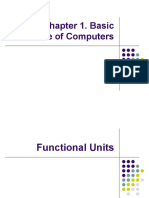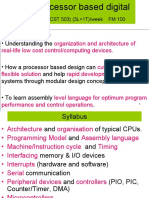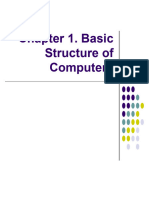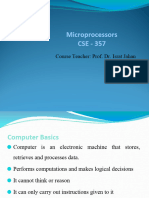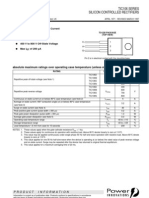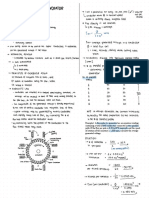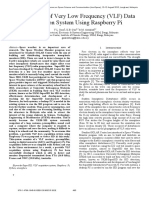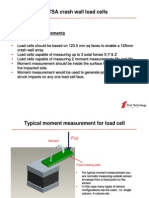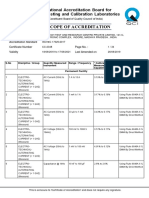0% found this document useful (0 votes)
62 views30 pagesChapter 2 - Computer Organization
Chapter 2 provides an overview of computer organization including the CPU, memory, I/O, and character codes. The chapter discusses CPU organization including basic elements like control unit, ALU, and registers. It also covers memory hierarchy and storage devices. Homework assignments from chapters 1 and 2 are provided.
Uploaded by
adhasbdi2e98qy928eCopyright
© © All Rights Reserved
We take content rights seriously. If you suspect this is your content, claim it here.
Available Formats
Download as PDF, TXT or read online on Scribd
0% found this document useful (0 votes)
62 views30 pagesChapter 2 - Computer Organization
Chapter 2 provides an overview of computer organization including the CPU, memory, I/O, and character codes. The chapter discusses CPU organization including basic elements like control unit, ALU, and registers. It also covers memory hierarchy and storage devices. Homework assignments from chapters 1 and 2 are provided.
Uploaded by
adhasbdi2e98qy928eCopyright
© © All Rights Reserved
We take content rights seriously. If you suspect this is your content, claim it here.
Available Formats
Download as PDF, TXT or read online on Scribd
/ 30







